
NASA has a long history with AI, using it in various applications like autonomous Mars rover navigation and detecting planets in other solar systems. Today, NASA is embracing AI for more members of the workforce, enabling innovation.

NASA has a long history with AI, using it in various applications like autonomous Mars rover navigation and detecting planets in other solar systems. Today, NASA is embracing AI for more members of the workforce, enabling innovation.
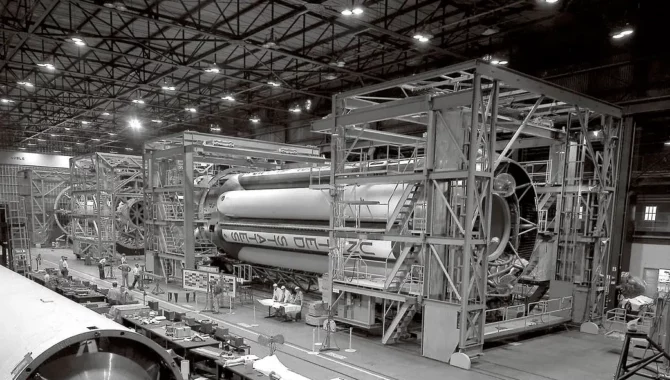
Saturn I-A was the bold first step in a giant technological leap.

Where did we come from? It’s the ultimate question. Drs. Ron Gamble and Swara Ravindranath, scientists for NASA’s Cosmic Origins Program, are working to find out.

Don’t miss the latest issue of INSIGHT, APPEL Knowledge Services’ online publication featuring our new podcast episodes, columns, articles, lessons learned and more. We invite you to read it today on our website.
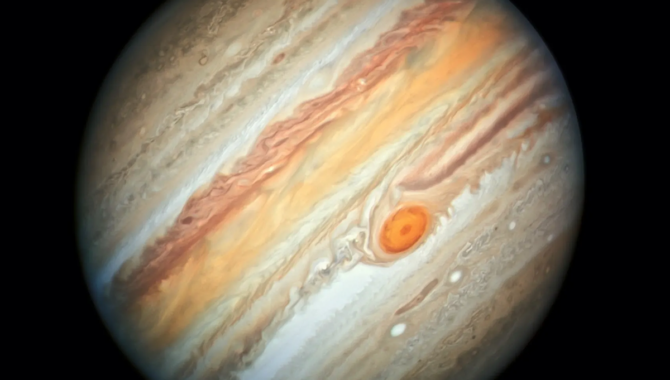
New spacecraft to gather data on complex Jovian system and three icy moons that could contain vast oceans.
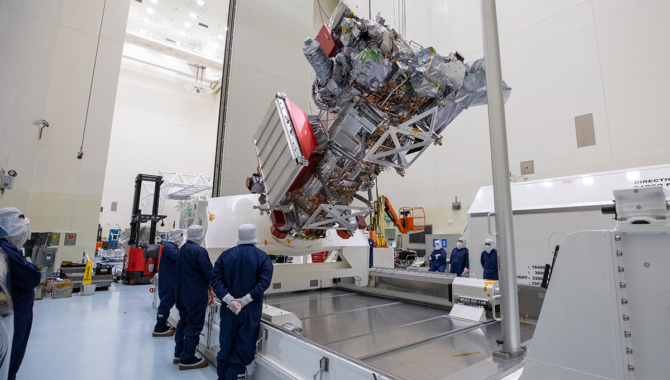
By examining Jupiter’s icy ocean moon, scientists hope to determine if conditions are right to support life.

The Sun is the star of our cosmic show, but there’s a lot we don’t know about it. Dr. Joseph Westlake, director of NASA’s Heliophysics Division, talks about how NASA studies the Sun for the benefit of all.
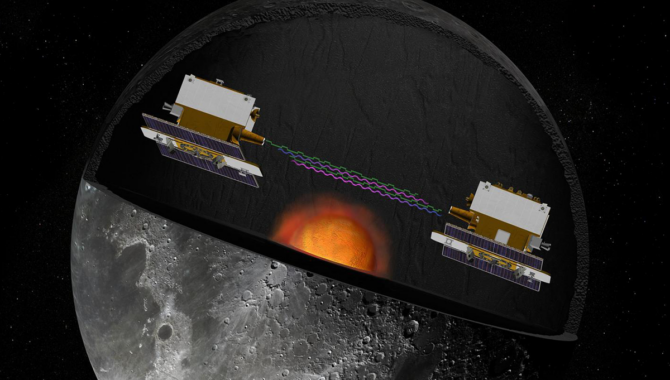
Twin spacecraft reveal the Moon’s complex interior and history.
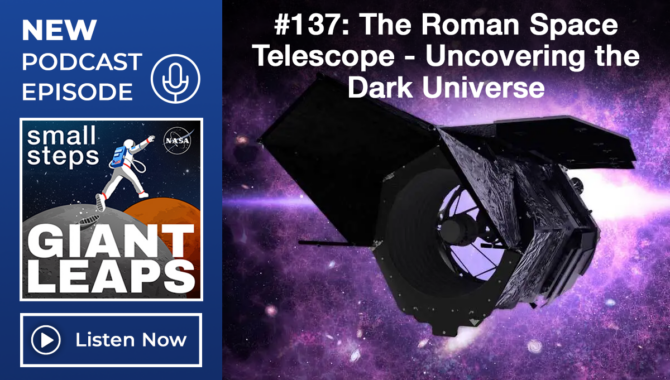
Set to launch in 2027, the Roman Space Telescope will help settle pressing questions about dark matter and dark energy, which make up about 95% of the universe.